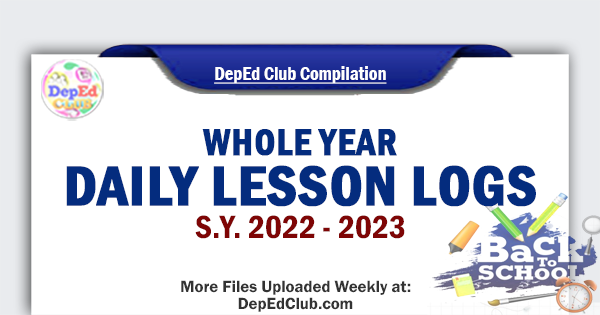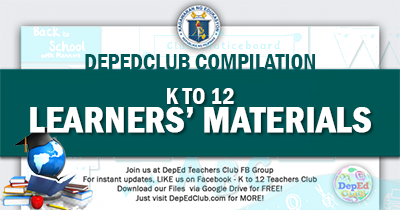Our teachers have played a major role in the response to the Covid-19 pandemic educational crisis. Our teachers ensured that learning continues. As schools reopen for face to face classes, teachers are made responsible in ensuring that students will be able to continue their education in a safe and healthy environment. Teachers have to plan and adapt educational processes including adjusting teaching methods, teaching and learning plans, designing learning materials but also have to take part in activities to safeguard students’ educational resources. In performing their teaching activities and meeting these new demands teachers often find themselves with inadequate resources to address the challenges of adapting teaching content and formats. To help our teachers, here are the required Checklist: Teachers Preparations for In-Person Classes for SY 2022 – 2023 along with other educational resources that could be found in our website.
According to the Department of Education, the upcoming implementation of face-to-face classes underwent series of consultations with child health experts and involved stakeholders to ensure a safe return to schools with intensive considerations on safe operations, teaching, learning, wellbeing, protection of students and guidance on safe school management, protective measures and safety procedures, psychological support, and contingency plan. The Department of Education thus issued DepEd Order No.34 s.2022 – Implementing Guidelines on the School Calendar and Activities for the School Year 2022-2023

According to the Department of Education, the upcoming implementation of face-to-face classes underwent series of consultations with child health experts and involved stakeholders to ensure a safe return to schools with intensive considerations on safe operations, teaching, learning, wellbeing, protection of students and guidance on safe school

The Department of Education and Department of Health signed the Joint Memorandum Circular (JMC) for the implementation of face-to-face classes.
The said joint memorandum circular features four key pillars, namely safe operations, teaching and learning, including the

The face-to-face classes will still be strictly regulated with the priority on the health and safety of learners, teachers, and personnel following stringent health measures such as the following:
- No mask, no entry policy in school premises;
- Hand washing and hand hygiene;
Teachers Preparations for Face to Face Classes for SY 2022 – 2023
According to DepEd Order No. 42, s. 2015 – Policy Guidelines on Daily Lesson Preparation for the K to 12 Basic Education Program, planning lessons is fundamental to ensuring the delivery of teaching and learning in schools. These guidelines aim to support teachers in organizing and managing their classes and lessons effectively and efficiently and ensure the achievement of learning outcomes. These guidelines are meant to support teachers in effectively organizing and managing K to 12 classrooms to be genuinely responsive to learners’ needs.
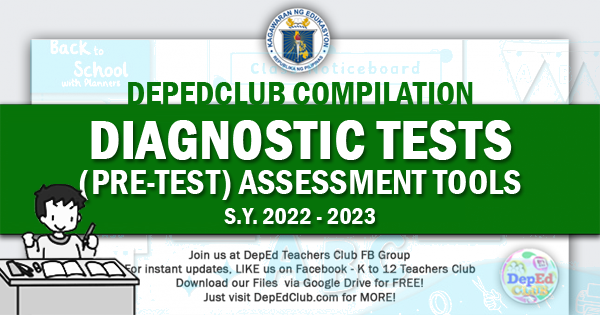
Classroom Diagnostic Tests are set of assessment tools designed to provide diagnostic information in order to guide learning instruction and provide support to students and teachers. These assessment tools assist teachers in identifying students’ academic strengths and areas of need.
The Instructional Process for K to 12 Basic Education Program
According to the Department of Education, the instructional process is made up of three (3) steps:
- planning instruction;
- delivery of instruction; and
- assessment of learning.
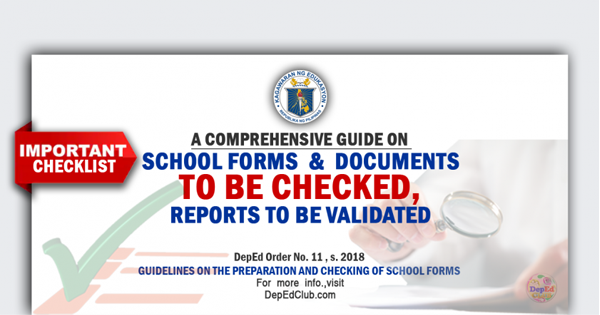
In K to 12 Basic Education Program, teaching begins even before a teacher steps in front of a class and begins a lesson. This also means that teachers are expected to be able to organize and develop a plan for teaching, implement that plan, and measure how effectively they implemented a plan.
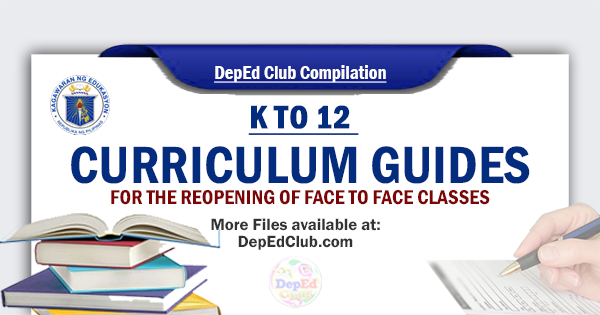
What should be taught in K to 12 Basic Education Program?
In planning daily lessons, teachers need to follow the Curriculum Guide (CG) of the learning area being taught. Using the CG, teachers can plan the many ways to teach what it contains including the content standards or the essential knowledge that students need to learn, performance standards or the abilities and skills learners need to demonstrate.
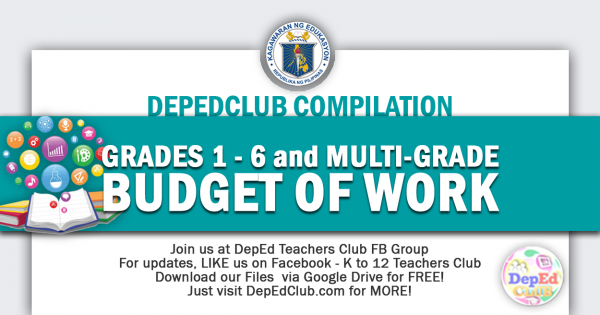
Instructional models, strategies, and methods in K to 12 Basic Education Program?
In planning lessons, teachers can choose from a variety of instructional models and their corresponding strategies and methods. An instructional model is a teacher’s philosophical orientation to teaching. It is related to theories of learning including behaviorism, cognitivism, constructivism, social interactionism, and others. An instructional method is the specific activity that teachers and learners will do in the classroom.
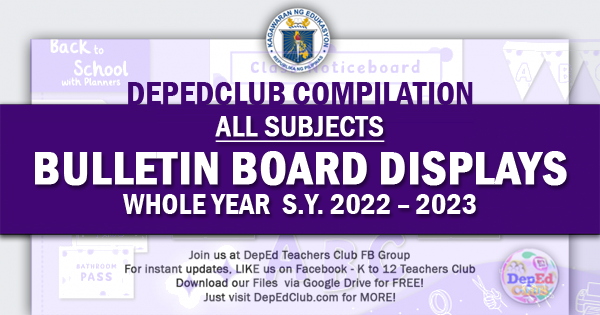
Bulletin Board Display is an educational tool as well as a colorful decoration. It can introduce new topics and generate student interest. A math bulletin board might give the answer to a problem and challenge students to create all the problems they can think of with that answer.
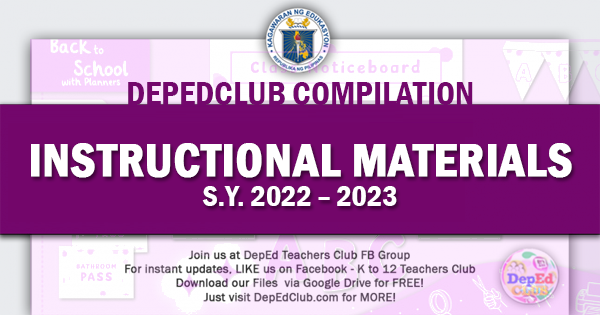
We have organized our K-12 Instructional Materials. Just follow the links of what you need to get to the Download page.

One of the key to unlocking our students’ potential is giving them important work that matters to them. In teaching, we often struggle to find ways on how to engage our students into the learning contents. That’s why we strive harder in making interesting activities for students.
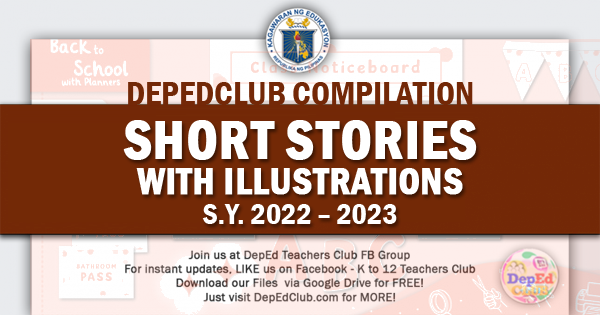
Short stories features a small cast of named characters and focuses on a self-contained scenes with the intent of evoking an effect or mood. Short stories feature interesting ways to teach students about good morals and right conduct. As students, they are at their formative years, that is why they need to be educated with good values to make them good fit for society and their family.
Lesson planning in K to 12 Basic Education Program
Lesson planning is the way of systematically planning, developing, evaluating, and managing the instructional process by using principles of teaching and learning which is a critical part of the teaching and learning process.
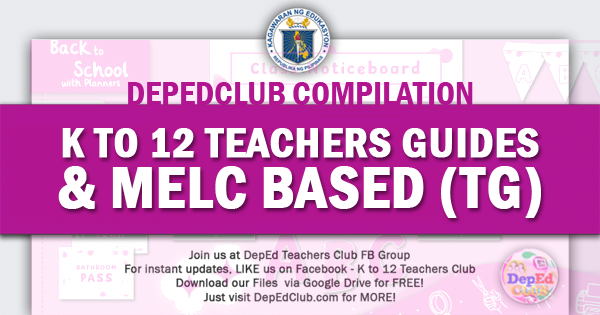
The objective of lesson planning is learning. Lesson planning helps teachers set learning targets for learners. It also helps teachers guarantee that learners reach those targets. By planning lessons, teachers are able to see to it that daily activities inside the classroom lead to learner progress and achievement or the attainment of learning outcomes.

How should lessons be taught in K to 12 Basic Education Program?
With a lesson plan, teachers can predict which parts of the lesson learners will have difficulty understanding. Teachers can then prepare strategies that help learners learn, build learners’ understanding and respond to learners’ needs.

Furthermore, this requires teachers to treat learners not as passive recipients of knowledge but as active agents in their own learning. A lesson plan therefore should show what the teacher and learners will do in the classroom to build understanding of the lesson together. Beyond demonstrating what a teacher needs to do inside the classroom, a lesson plan should describe what learners need to do as co-constructors of knowledge inside the classroom.
Daily Lesson Log (DLL)is a template teachers use to log parts of their daily lesson. The DLL covers a day’s or a week’s worth of lessons and contains the following parts: Objectives, Content, Learning Resources, Procedures, Remarks and Reflection.
The use of Daily Lesson Log can support teachers in upholding the quality education standards by affirming the importance of instructional planning through DLL preparation. Daily Lesson preparation also encourages reflective practice since it requires teachers to think about and reflect on their instructional practices in a daily basis.
How should learning be assessed in K to 12 Basic Education Program?
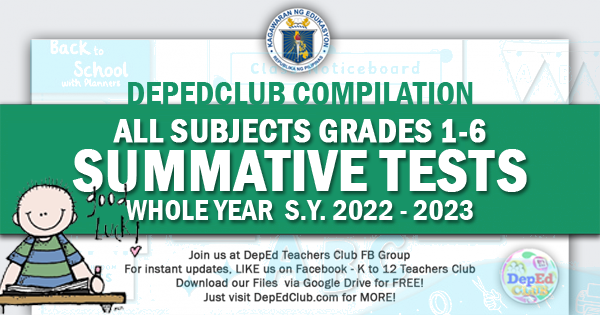
Summative Assessment measures the different ways learners use and apply all relevant knowledge, understanding, and skills. It must be spaced properly over the quarter. It is usually conducted after a unit of work and/or at the end of an entire quarter to determine how well learners can demonstrate content knowledge and competencies articulated in the learning standards. Learners synthesize their knowledge, understanding, and skills during summative assessments. The results of these assessments are used as bases for computing grades.
Effective teachers do not only prepare lesson plans, they also prepare an assessment plan or specifically a formative assessment plan. As defined in DepEd Order No. 8, s. 2015 entitled Policy Guidelines on Classroom Assessment for the K to 12 Basic Education Program, formative assessment refers to the ongoing forms of assessment that are closely linked to the learning process. It is characteristically informal and is intended to help students identify strengths and weaknesses in order to learn from the assessment experience.
Assessment is a process that is used to keep track of learners’ progress in relation to learning standards and in the development of 21st-century skills; to promote self-reflection and personal accountability among students about their own learning; and to provide bases for the profiling of student performance on the learning competencies and standards of the curriculum.
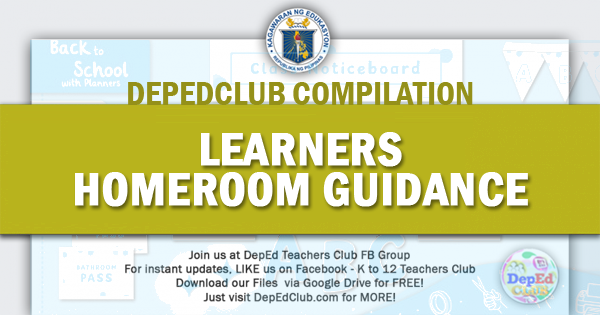
Various kinds of assessments shall be used appropriately for different learners who come from diverse contexts. There are two types of classroom assessment, namely, formative and summative. Assessment in the classroom is aimed at helping students perform well in relation to the learning standards. Learning standards comprise content standards, performance standards, and learning competencies that are outlined in the curriculum.
Formative assessment may be seen as assessment for learning so teachers can make adjustments in their instruction. It is also assessment as learning wherein students reflect on their own progress. Formative assessment refers to the ongoing forms of assessment that are closely linked to the learning process
Summative assessment, on the other hand, may be seen as assessment of learning, which occurs at the end of a particular unit. This form of assessment usually occurs toward the end of a period of learning in order to describe the standard reached by the learner.
What is assessed in the classroom?
How are learners assessed in the classroom?
Learners are assessed in the classroom through various processes and measures appropriate to and congruent with learning competencies defined in the K to 12 curriculum. Some of these processes and measures may be used for both formative and summative assessment, which have different goals. Learners may be assessed individually or collaboratively.
Formative Assessment
Individual formative assessment enables the learner to demonstrate independently what has been learned or mastered through a range of activities such as check-up quizzes, written exercises, performances, models, and even electronic presentations.
Collaborative formative assessment (peer assessment) allows students to support each other’s learning. Discussions, role playing, games, and other group activities may also be used as performance-based formative assessment wherein learners support and extend each other’s learning.

Written Work
The Written Work component ensures that students are able to express skills and concepts in written form. Written Work, which may include long quizzes, and unit or long tests, help strengthen test-taking skills among the learners. It is strongly recommended that items in long quizzes/tests be distributed across the Cognitive Process Dimensions so that all are adequately covered. Through these, learners are able to practice and prepare for quarterly assessment and other standardized assessments. Other written work may include essays, written reports, and other written output.
Performance Task
The Performance Task component allows learners to show what they know and are able to do in diverse ways. They may create or innovate products or do performance-based tasks. Performance-based tasks may include skills demonstration, group presentations, oral work, multimedia presentations, and research projects. It is important to note that written output may also be considered as performance tasks.
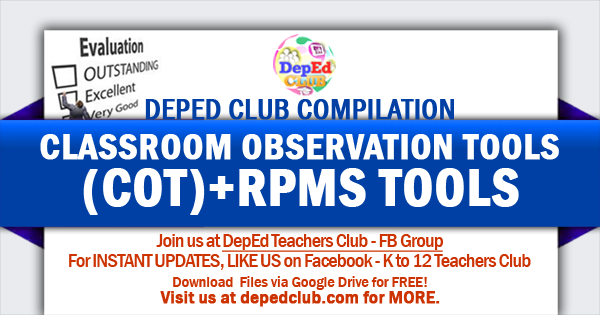
The Performance Task component allows learners to show what they know and are able to do in diverse ways. They may create or innovate products or do performance-based tasks. Performance-based tasks may include skills demonstration, group presentations, oral work, multimedia presentations, and research projects. It is important to note that written output may also be considered as performance tasks.
Quarterly Assessment
Quarterly Assessment measures student learning at the end of the quarter. These may be in the form of objective tests, performance-based assessment, or a combination thereof.
Checklist: Teachers Preparations for In-Person Classes for SY 2022 – 2023
IMPORTANT: HOW TO DOWLOAD FILES IN GOOGLE DRIVE
FOR MS OFFICE FILES:
1. Click on the file link in our website.
2. You will be redirected to the file location via Google Drive.
3. On the upper left side of your screen, Go to FILE menu. Click DOWNLOAD, then Select Microsoft Word for the editable file format.
FOR OTHER FILES:
1. On the upper right hand corner of your screen, look for the Down Arrow Download Button just as below:
If you encounter an Error while downloading the files, please Log-in to your Gmail account (Here – mail.google.com) , then try again to click the Download Link in Google Drive. Thank you.
Additional files to be uploaded soon.
We are always on the process of uploading new files.
For additional updates and unannounced uploads, please visit this section from time to time.
Like us on Facebook to get INSTANT UPDATES. CLICK HERE
You can also BOOKMARK this page in your web browser by clicking Ctrl+D in your keyboard for faster access in the future. Thank you fellow Teachers.
We at DepEd Teachers Club are always grateful to all our File Authors and File Contributors. Credit goes to all of them. Let us all give them thanks and show our support for all their works.
We are also thankful for all our File Editors, Sharers, Tech Volunteers and fellow Teachers for helping us and making this kind of service possible.

